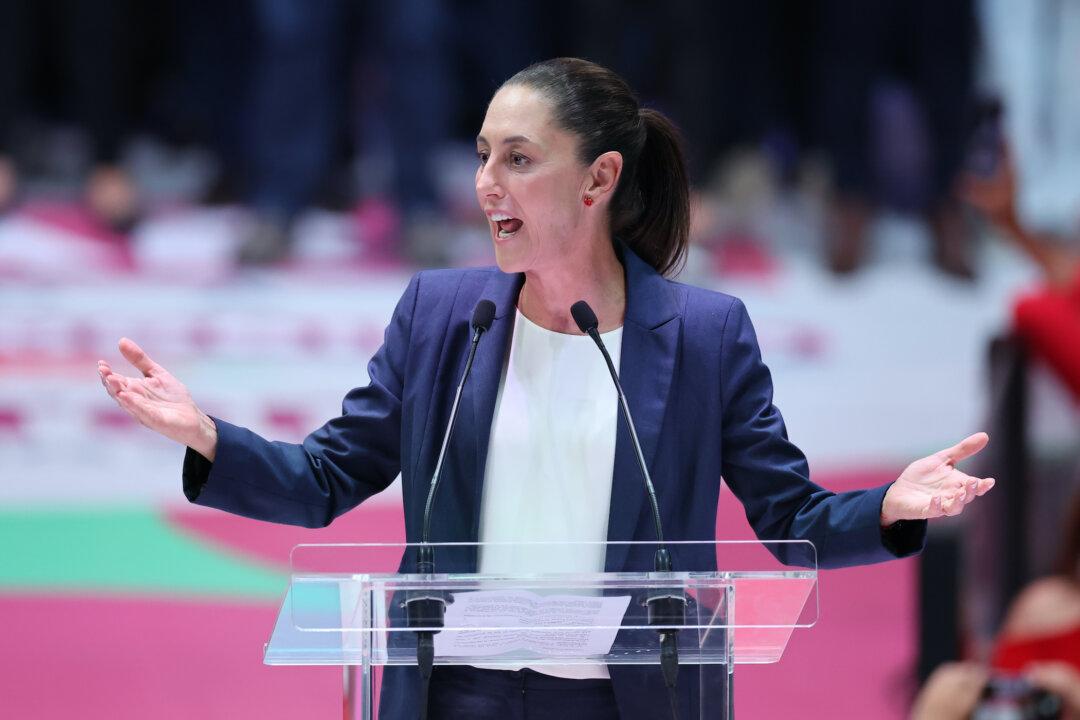First, there is the much-derided Electoral College. Democrats like to attack it because it’s not “democratic,” giving added weight to small states, as does the U.S. Senate. Each state gets electoral votes based on congressional representation: two for each Senator plus one for each representative.
In the 2020 U.S. Census, California’s population was 39,613,493. Wyoming’s was 581,075, or 1.5 percent of the Golden State’s.
In the 2024 election, California will get 54 electoral votes. But Wyoming will get three, or 5.6 percent of California’s total.
Do the same for other small, conservative states, and it’s easy to see why the pure democracy crowd hates the Electoral College: Alaska, North Dakota, and South Dakota, three each. Montana and Idaho, 4 each.
But what the Electoral College does is produce two usually moderate parties–because finishing third usually means getting no electoral votes. Ross Perot won 19 percent of the vote in 1992, but got zero electoral votes. His Reform Party soon fizzled.
If the two major parties get too far away from moderation—like the Republicans with Goldwater in 1964 and the Democrats with McGovern in 1972—they lose big. Barry Goldwater garnered only 39 percent of the vote to Lyndon Johnson’s 61 percent. George McGovern won only Massachusetts and the District of Columbia. In each case, the next election saw more moderate candidates who won: the Republicans won with Nixon in 1972, and the Democrats with Carter in 1976.
The alternative to the Electoral College, making the election more democratic through some sort of direct election, would only produce the chaos seen now in Europe. There no party gets a majority, and shifting coalitions are formed, briefly, only to be followed by more uncertainty.
Because California is part of the larger United States, the national pattern of two parties carries over to our elections. Politicians naturally want to get promoted to the national level. Legislators want to move up to Congress. Governors and U.S. senators enviously eye the Oval Office. To get a promotion from the voters, they have to work within the national election binary.
I talked to three of the four top “other parties” or “minor parties,” as they sometimes call themselves. Currently, they’re the only four parties that meet state law to be automatically listed on state primary and general-election ballots. The Peace and Freedom Party didn’t get back to me.
A missed opportunity in California was Independent Michael Schellenberger’s campaign as an Independent in this year’s June gubernatorial primary. He finished fourth, with 3 percent. So he’s not on the Nov. 8 Top Two runoff. Too bad. We’ve had an almost invisible campaign between Gov. Gavin Newsom, who is campaigning for president with ads broadcast in Florida and Texas, and state Sen. Brian Dahle, who’s too conventional a Republican to gain traction.
If Schellenberger were on the ballot, we would be hearing his innovative ideas on Generation IV nuclear power and other issues. Newsom still would win handily, but new ideas would be advanced for future examination and perhaps implementation.
On several traits, majorities of both Republicans and Democrats attribute negative stereotypes to members of the opposing party: An overwhelming majority of Democrats (83 percent) say Republicans are a lot or somewhat more closed-minded than other Americans, while nearly seven-in-ten Republicans (69 percent) say the same about Democrats.
California, of course, once voted for either party depending on the candidates. But the last time a Republican won was President George H. W. Bush in 1988. The state is so Democratic the candidates don’t even campaign here past the primaries, except to troll for campaign cash.
Recent U.S. Supreme Court decisions returning such issues as abortion to the states probably will accelerate that sorting.
As I like to joke, the best way for a conservative Republican to survive in California is to leave.





